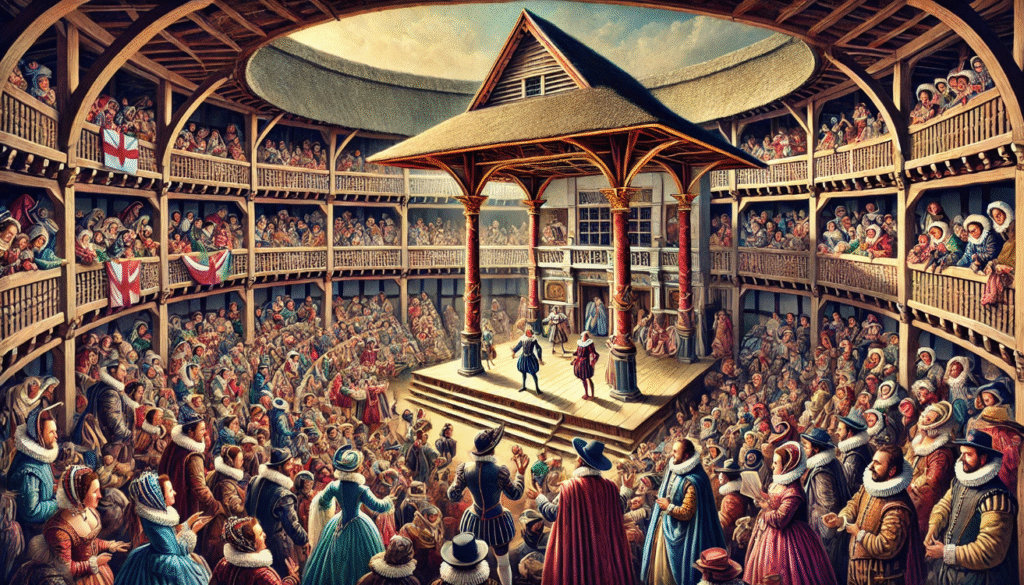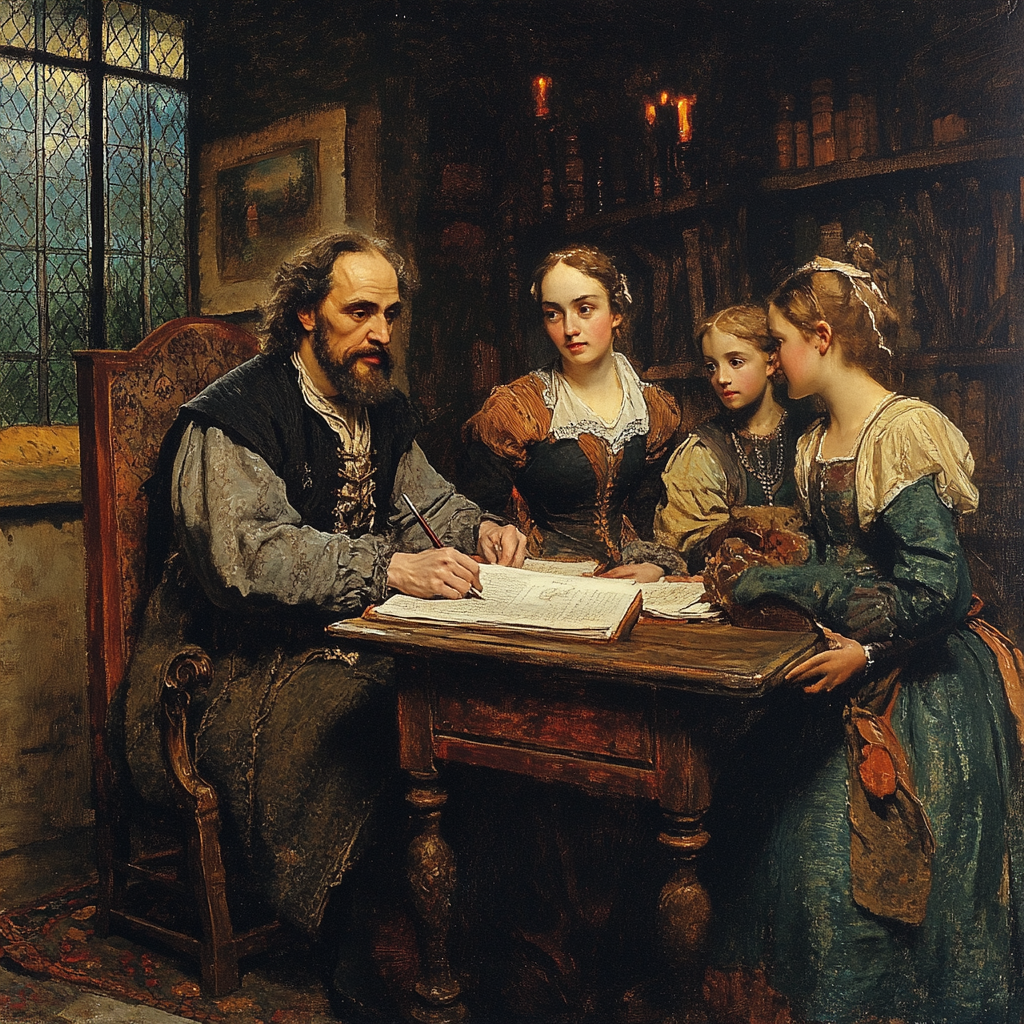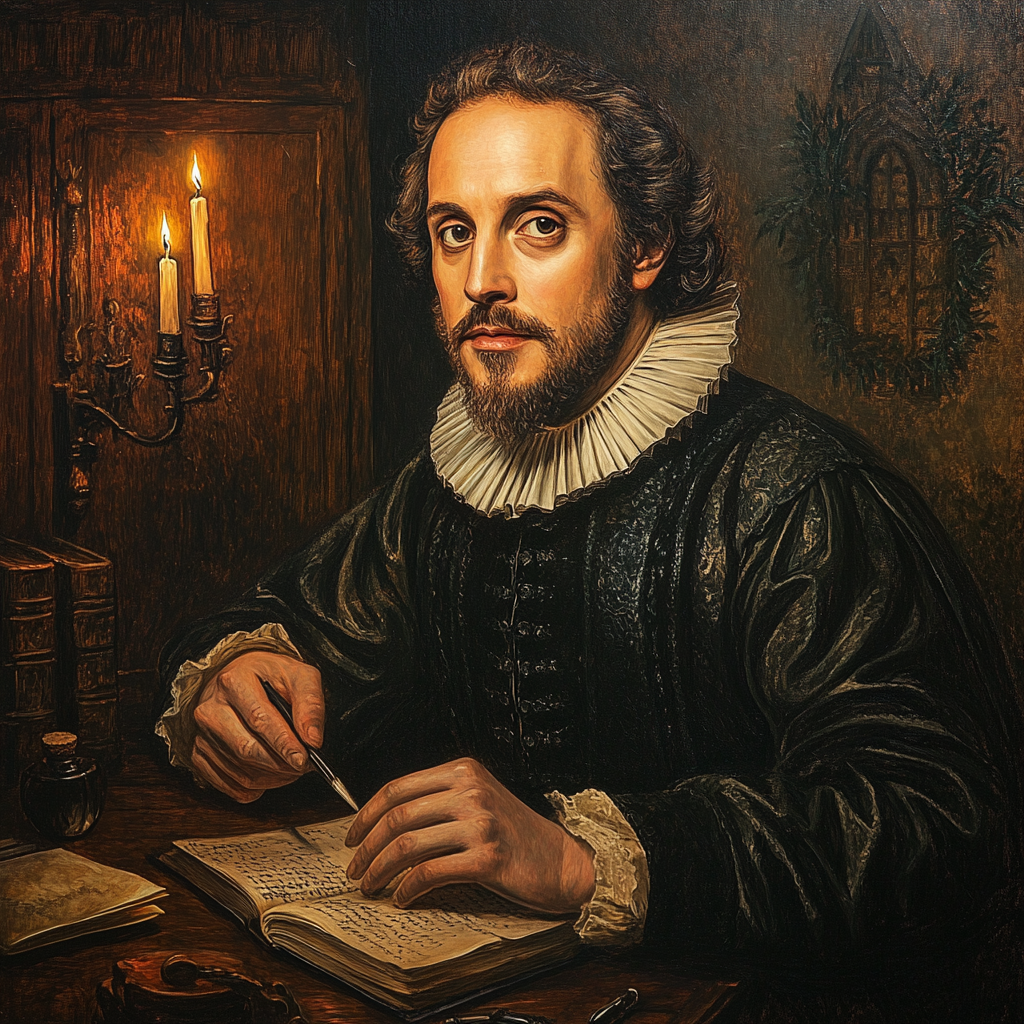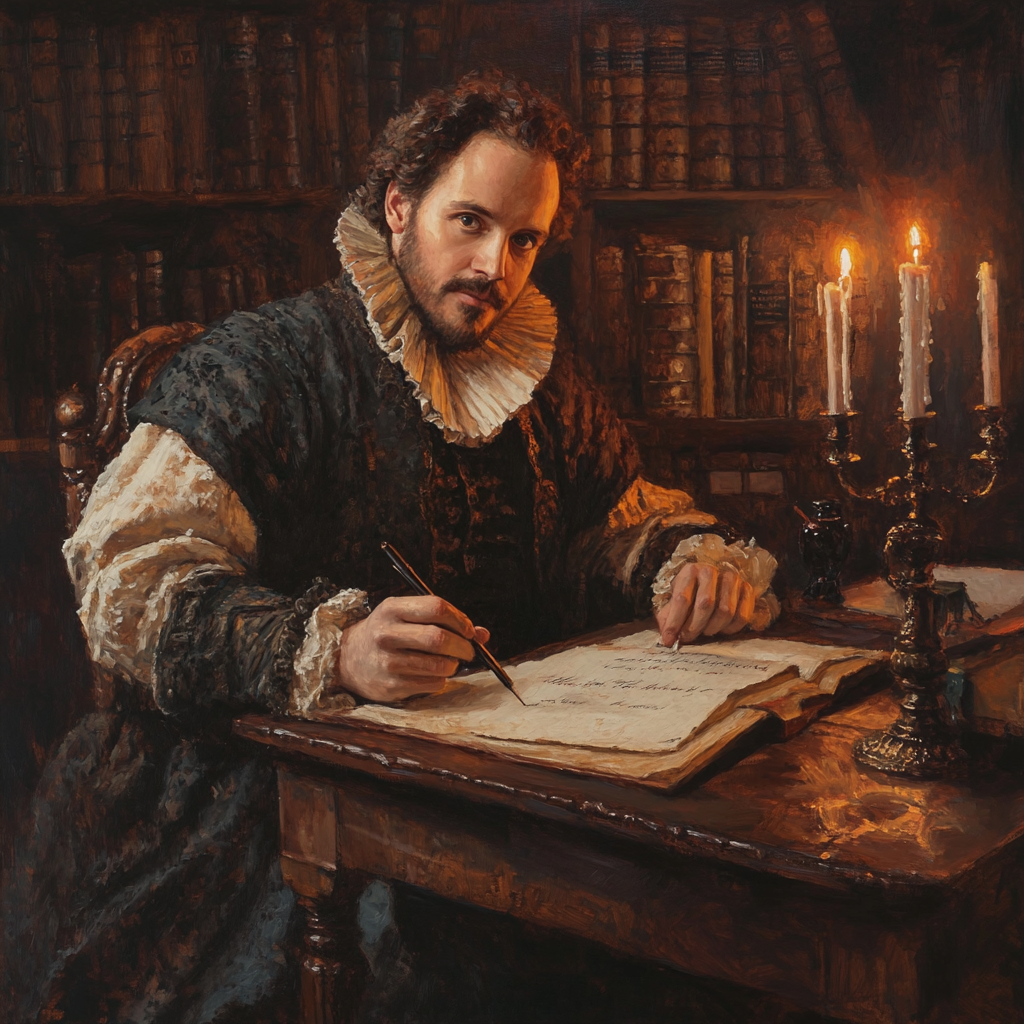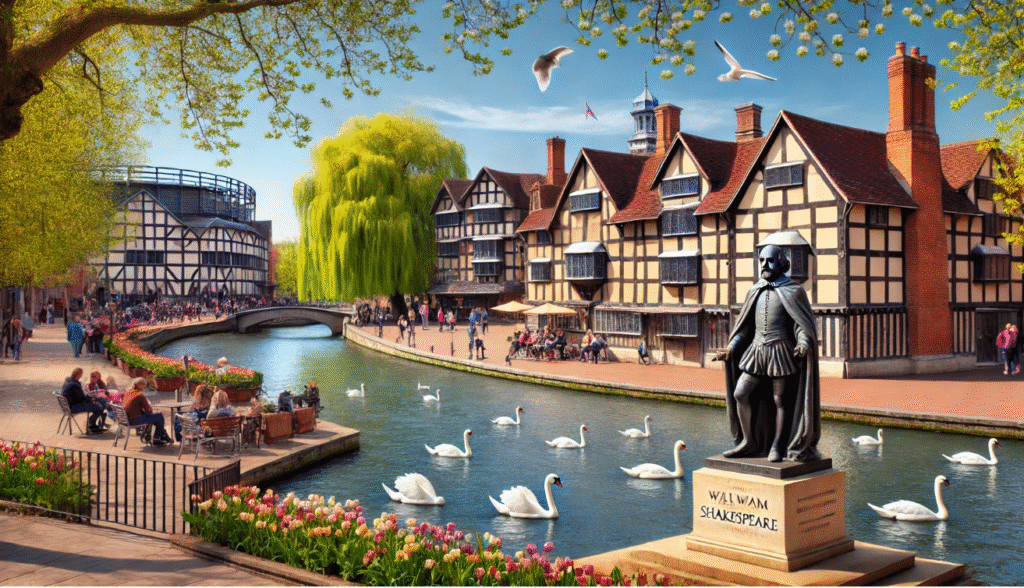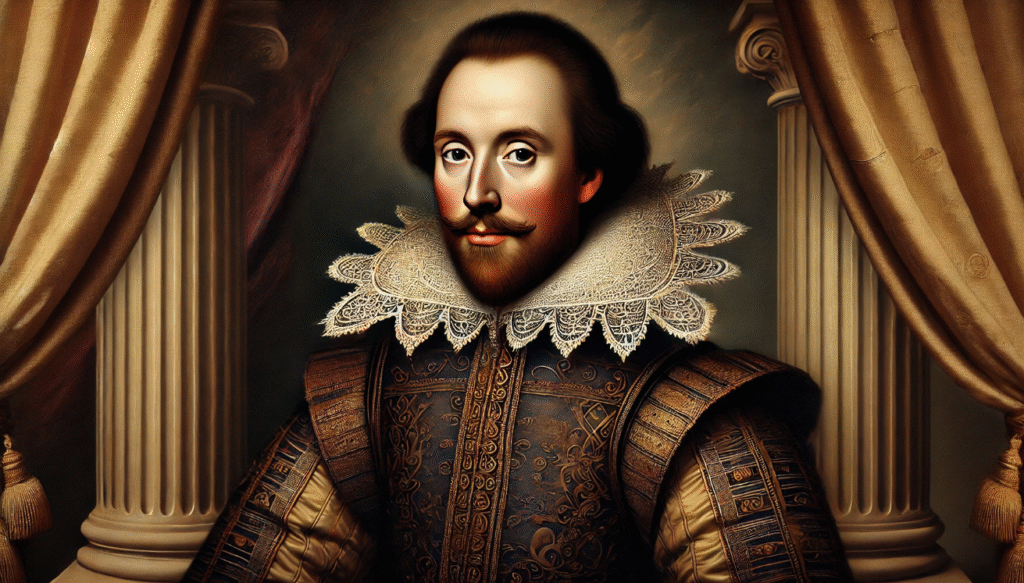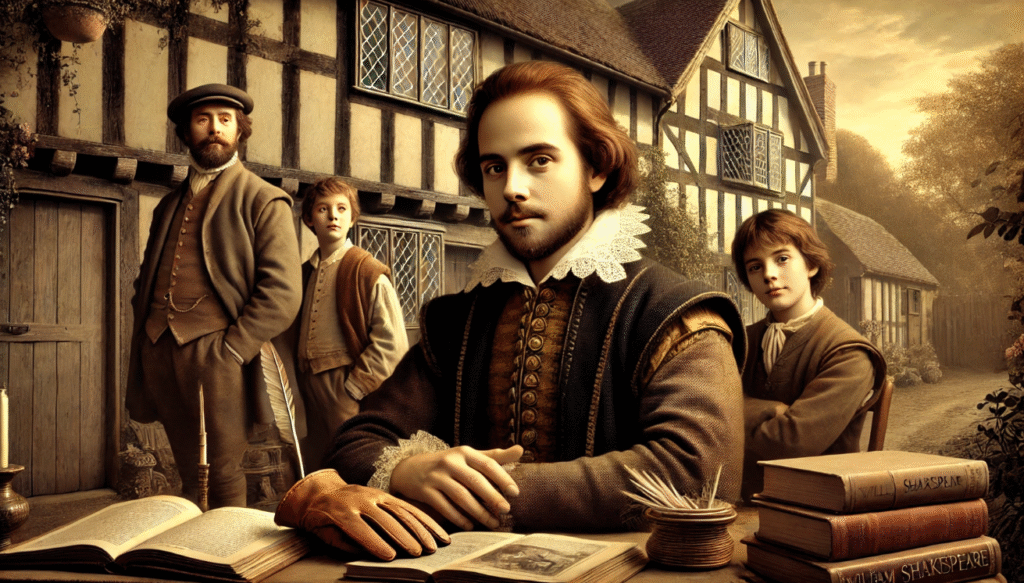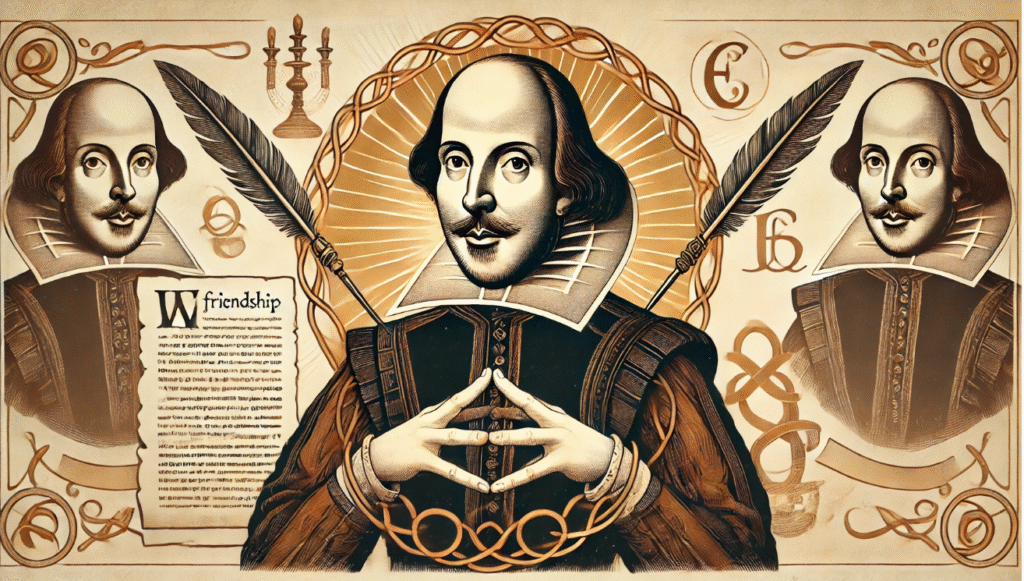William Shakespeare was born in 1564 in Stratford-upon-Avon, England. He was an English playwright, poet, and actor, widely regarded as the greatest writer in the English language and the world’s pre-eminent dramatist. Social conditions during Shakespeare’s time wrote during the Elizabethan and early Jacobean periods, which were characterized by a flourishing of literature, music, and theater. During this time, England experienced a period of relative peace and stability under the rule of Queen Elizabeth I and later, King James I. This allowed for a thriving cultural scene, with theaters such as the Globe and the Rose attracting large audiences for Shakespeare’s plays.
To fully appreciate Shakespeare’s work, it is important to understand the social conditions of his time. Social conditions during Shakespeare’s time was writing during the Elizabethan era, a time of great social and political upheaval in England. By understanding the social conditions of the time, such as the hierarchy of society, the role of women, and the political climate, we can better understand the context in which Shakespeare was writing and the messages he was trying to convey. This understanding can enrich our appreciation of his works and give us greater insight into the themes and characters he created.
Thesis Statement
Certainly! The social conditions of Shakespeare’s time had a significant impact on his writing. The political and cultural climate of 16th century England greatly influenced the characters and themes in his plays. The societal norms, class structure, and religious beliefs of the time all played a role in shaping Shakespeare’s works. Additionally, the turmoil and unrest of the period, including issues such as the monarchy, power struggles, and social inequality, are reflected in the themes of his plays. Overall, the social conditions of the time provided a rich and complex backdrop for Shakespeare’s writing, influencing the development of his characters and the exploration of various themes in his works.
Overview of Social Conditions in Elizabethan England
Social Hierarchy and Class System

The rigid class system in England was characterized by distinct social hierarchies, with the nobility at the top, followed by the gentry, merchants, and laborers. The nobility, including dukes, earls, and barons, held the highest social status and inherited their titles and wealth. The gentry were landowners who held positions of authority and influence in local communities. Merchants were wealthy individuals involved in trade and commerce, while laborers made up the working class and often struggled to make ends meet. Class differences were visible in daily life in various ways. Manners and etiquette were highly important and varied depending on social status.
Gender Roles and Expectations

In the past, traditional gender roles dictated that women were expected to be subordinate to men and have limited public roles, while men were expected to be dominant and hold political power. However, over time, these expectations have evolved as society has progressed. In modern society, men and women have more equal opportunities and rights. Marriage and family roles are also changing, with many couples sharing responsibilities and making decisions together. Women have gained more autonomy and legal rights, and are now able to pursue careers and education outside of traditional domestic roles. Men are also able to take on more active roles in childcare and household duties. It is important to recognize that gender roles and expectations vary across different cultures and societies, and progress towards gender equality is ongoing.
Religion and Belief

Religion, particularly Protestantism after the Reformation, has played a significant role in shaping daily life, views of morality, and human nature for both commoners and elites. The Protestant work ethic, for example, emphasized hard work, thrift, and discipline as virtues, impacting the way people approached their daily lives and work. Additionally, religious beliefs have influenced views on morality, guiding individuals to adhere to certain ethical principles and values. This has also impacted the way societies have organized themselves and established laws and social norms. Furthermore, religious beliefs have shaped perceptions of human nature, leading to ideas about the inherent sinfulness of humanity and the need for redemption.
Political Landscape and Power Struggles

Queen Elizabeth I’s reign, which lasted from 1558 to 1603, was marked by a complex and often tumultuous political climate. One of the most significant threats to her rule was the constant threat of rebellion, particularly from Catholic factions who opposed her Protestant policies. This led to several plots against her, most famously the Babington Plot and the Spanish Armada. During this time, the role of the monarchy was evolving, as Elizabeth sought to consolidate her power and establish a strong central government. She was known for her shrewd political maneuvering and ability to navigate the challenges of ruling in a male-dominated society. The emerging power of the middle class also played a significant role in shaping the political landscape of Elizabethan England.
Social Mobility and Education
The limited opportunities for upward mobility for commoners and the educational divide between the elite and the poor had a significant impact on the development of the arts and intellectual thought during the period. The lack of access to education for the commoners meant that many talented individuals were unable to pursue their artistic or intellectual interests to their full potential. This limited the diversity of perspectives and voices in the arts and intellectual discourse. Additionally, the educational divide reinforced social hierarchies and contributed to a lack of social mobility, further perpetuating the dominance of the elite in the arts and intellectual circles. Overall, the impact of education on the development of the arts and intellectual thought during this period was marked by inequality and limited opportunities for individuals outside of the elite class.
The Reflection of Social Conditions in Shakespeare’s Works
Class Distinctions in Shakespeare’s Plays

Shakespeare’s plays often depict characters from various social classes, showcasing the dynamics and tensions between them. Characters like Hamlet, Macbeth, and Antonio from The Merchant of Venice represent different social classes and their struggles. Shakespeare portrayed social mobility by showing characters trying to move up or down the social ladder, such as Macbeth’s ambition to become king and Hamlet’s struggle with his royal lineage. Class tensions are evident in the conflicts between characters of different social standings, such as the tension between Shylock and Antonio in The Merchant of Venice. The influence of Elizabethan social hierarchy is evident in Shakespeare’s characterization, as he often contrasts noble characters with commoners.
Gender and the Role of Women in Shakespeare’s Plays

In Shakespeare’s plays, female characters often reflect the societal norms and expectations of women in the 16th century. For example, Lady Macbeth is depicted as ambitious and manipulative, which challenges traditional gender roles of the time. Juliet, on the other hand, defies her family’s expectations by pursuing a romance with Romeo, showcasing the limitations placed on women’s autonomy and agency. Portia and Viola both display intelligence and resourcefulness in navigating the constraints placed on women in their respective plays, “The Merchant of Venice” and “Twelfth Night.” Shakespeare also challenged gender stereotypes through his portrayal of strong and independent women in his plays.
The Influence of Religion and Morality

Shakespeare’s plays, such as “Macbeth,” “Hamlet,” and “King Lear,” often incorporate religious themes to explore concepts of morality, divine justice, and the supernatural. These themes reflect the religious mindset of the time in which Shakespeare was writing. In “Macbeth,” for example, the supernatural elements of the three witches and their prophecies play a significant role in the moral downfall of the title character. The play also delves into the themes of guilt, sin, and divine retribution, reflecting the religious beliefs of the era. In “Hamlet,” the ghost of King Hamlet introduces a supernatural element that drives the plot and raises questions about the afterlife and divine justice.
How Shakespeare’s Characters Represent Social Condition
Shakespeare’s characters often reflect the complexity of social class and the challenges they face within their societal roles. Characters like Falstaff and Shylock serve as examples of the contrasting social classes and the prejudice and challenges they face. Additionally, Shakespeare’s works often depict characters rebelling against societal norms, such as Romeo and Juliet’s forbidden love or Hamlet’s critique of the court, reflecting the tensions and constraints of Elizabethan society. Furthermore, characters like Ophelia in “Hamlet” are limited by their social conditions, highlighting the patriarchal control they face. Shakespeare used his characters to either challenge or accept the boundaries of their roles in society, providing a nuanced exploration of social dynamics.
Themes in Shakespeare’s Plays Shaped by Social Condition
The exploration of power and ambition in plays such as “Macbeth,” “Julius Caesar,” and “Richard III” delves into the consequences of unchecked ambition and the dynamics of power. These themes are heavily influenced by the political environment and rigid social structures of the time, shedding light on the dangers of power-hungry individuals and the impact of political turmoil on society. In regards to love, marriage, and social expectations, plays like “A Midsummer Night’s Dream,” “Much Ado About Nothing,” and “The Taming of the Shrew” highlight how social status often dictates romantic relationships and marriage. Social pressures regarding marriage, inheritance, and family honor play a significant role in shaping the characters’ decisions and relationships.
Shakespeare’s Critique of Society through His Plays
Satire and Social Commentary
Shakespeare utilized humor, satire, and irony in his writing to criticize the social conditions of his time. For example, in “Twelfth Night,” he used humor to challenge traditional gender roles and expectations. The character of Malvolio in “Twelfth Night” is a satire of the pompous and self-important individuals in the upper class, highlighting the absurdity of their behavior. Additionally, in “Hamlet,” Shakespeare used irony to critique the corrupt nature of political power and the consequences of unchecked ambition. These subversive messages challenged authority, class structure, and gender roles, making Shakespeare’s work a powerful commentary on the social conditions of his time.
Reflection of the Human Condition

Shakespeare’s use of humor, satire, and irony in his plays served as a powerful tool to criticize the social conditions of his time. Through his clever wordplay and comedic situations, he was able to subtly challenge the established order and highlight the flaws in society. For example, in “Twelfth Night,” Shakespeare used humor and irony to critique the rigidity of gender roles and the limitations placed on women. The character of Viola, who disguises herself as a man, challenges traditional gender norms and exposes the absurdity of strict societal expectations. In “Hamlet,” Shakespeare employed satire to criticize the corrupt nature of power and authority.
The social conditions of Shakespeare’s time, such as the hierarchical structure of society, the role of women, and the belief in divine right of kings, directly influenced his portrayal of characters, themes, and social commentary in his plays. Shakespeare often depicted characters from different social classes and explored the conflicts and tensions that arose from these divisions. He also addressed societal issues such as power, justice, and the role of women, reflecting the attitudes and beliefs prevalent in Elizabethan England. Additionally, his works often featured social commentary on contemporary events, political struggles, and the human condition, providing a reflection of the social norms and values of his time.

